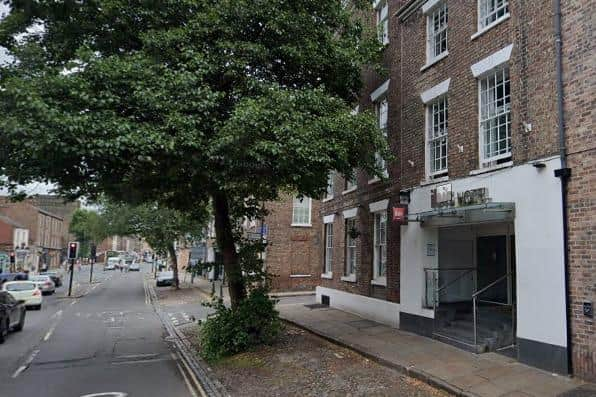Ibis Hotel, York: Archaeologists to excavate ancient burial site in York where Roman fortress once stood
An archaeological watching brief is required for the Ibis hotel to extend and create 16 additional bedrooms. ‘Planning permission was approved for the extension in The Mount, York, but the City of York Council has ruled archaeologists would need to be on site due to the area’s Roman history.
Planning documents read: “A Roman legionary fortress was established in York in the first century AD and developed into a civilian town known as Eboracum.
Advertisement
Hide AdAdvertisement
Hide Ad“The settlement persisted into a city during the medieval period, receiving a circuit of walls which corresponds approximately to the surviving walls of the modern town and which lies approximately 0.7km to the north east of the site.”


It describes an old Roman road called MYO2033, “which runs from the city, southwest to Tadcaster.”
The documents go on to read: “Its exact alignment is unknown, but it is believed to follow along or close to the line of Blossom Street and The Mount and probably within 50m of the site. Beyond the Roman town boundaries, these roads were the focus of contemporary cemeteries.
“The site is located directly northeast of one such cemetery which is possibly part of a larger cemetery, or a series of cemeteries, either side of road MYO2033.”
Advertisement
Hide AdAdvertisement
Hide AdIt goes on to say: “In 2005-2006 extensive excavations took place to the south west and south east of 89 The Mount in advance of redevelopment and revealed several burials, including an in-situ stone sarcophagus coffin. Other cemetery features, including boundary ditches and a possible cremation pit or bustum have been excavated here.”
As a result, the documents also say: “Should significant archaeological remains be identified, a full programme of archaeological excavation and recording may be required.”
All archaeological deposits and artefacts encountered during excavation will be recorded and each feature will be given a separate context number.
Should any artefacts defined as ‘treasure’ under the Treasure Act of 1996 be recovered, these will be reported to H. M. coroner to be dealt with under the requirements of the Treasure Act and Code of Practice. Should archaeological remains be encountered that initial identification indicates may be burials or cremations, these will be investigated only to a degree that allows for confirmation of this and then left in-situ.
